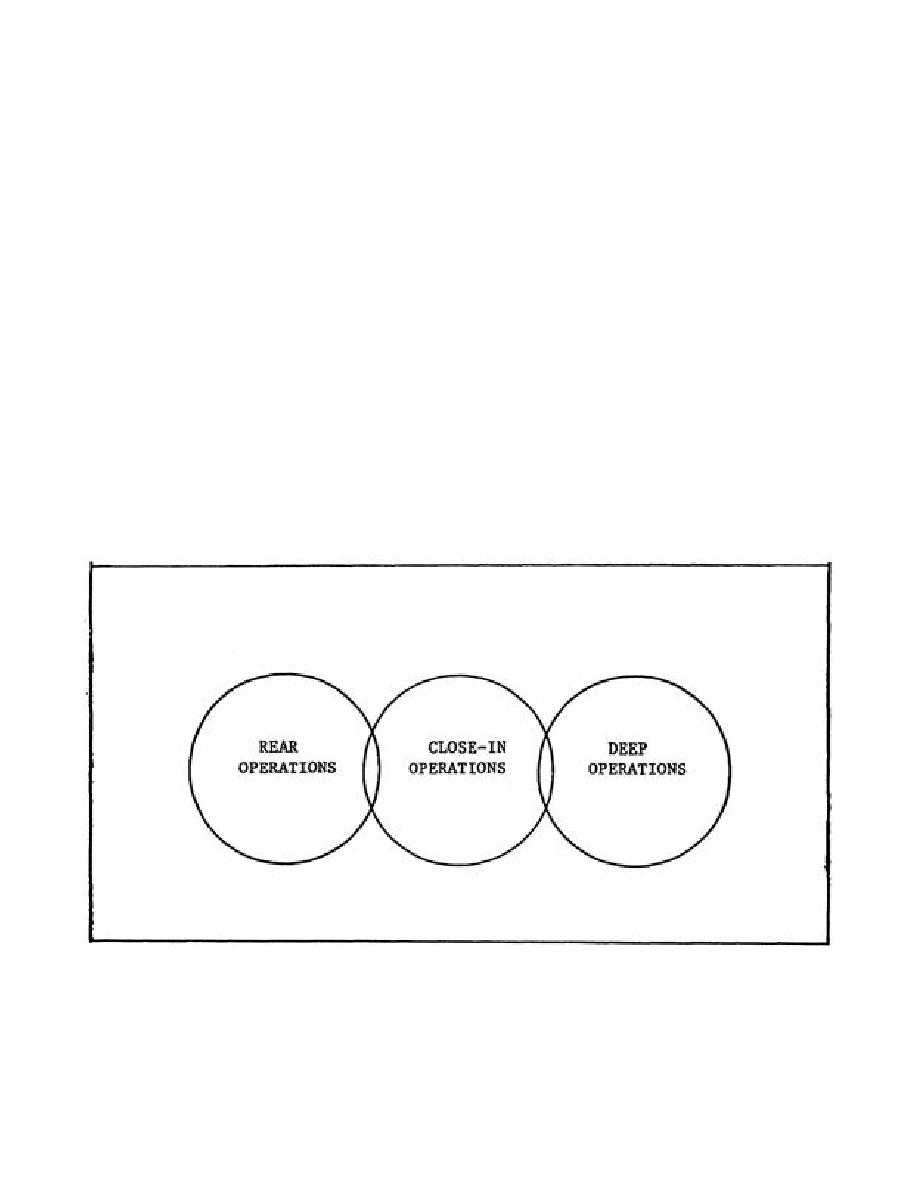
The OPFOR strongly believe rear area combat to be effective. They have developed doctrine to
support these beliefs. Their force structure provides massive forces for extensive combat in the
enemy's rear area.
The OPFOR anticipates a battlefield in which there will be no recognizable front line, nor secure flanks,
and no safe rear areas. Combat will spread over an area of considerable width and depth, with the
forces of both sides inevitably intermingled.
The OPFOR has at its disposal tools that can influence the battle well beyond the tactical zone. Air
power and operational missiles can deliver massive payloads accurately throughout the enemy's
operational depth. Heliborne troops can be used to help convert tactical into operational success.
Airborne units and formations, possessing increased firepower and ground mobility, can be inserted
deep into the enemy rear to help convert operational into strategic success.
The goal of OPFOR deep operations is to destroy the enemy's defenses with several deep, finger-like
penetrations controlled by a single powerful hand rather than with the driving fist of a frontal assault.
From the very start of the offensive, the OPFOR attempts to shift the frame of combat into the enemy's
depth. This forces the enemy to fight in several directions at once to his front, flanks, and rear. At the
same time, it can destroy his ability to do so, by disrupting the command and control and the logistics
backup necessary to give direction and power to his fighting formations.
The modern battlefield will be extended rearward, just as it will be forward. There will be three
overlapping, nonlinear operations: the deep, the close-in, and rear operations (see Figure 1-1).
Figure 1-1. Overlapping Battles
MP2010
1-2



 Previous Page
Previous Page
